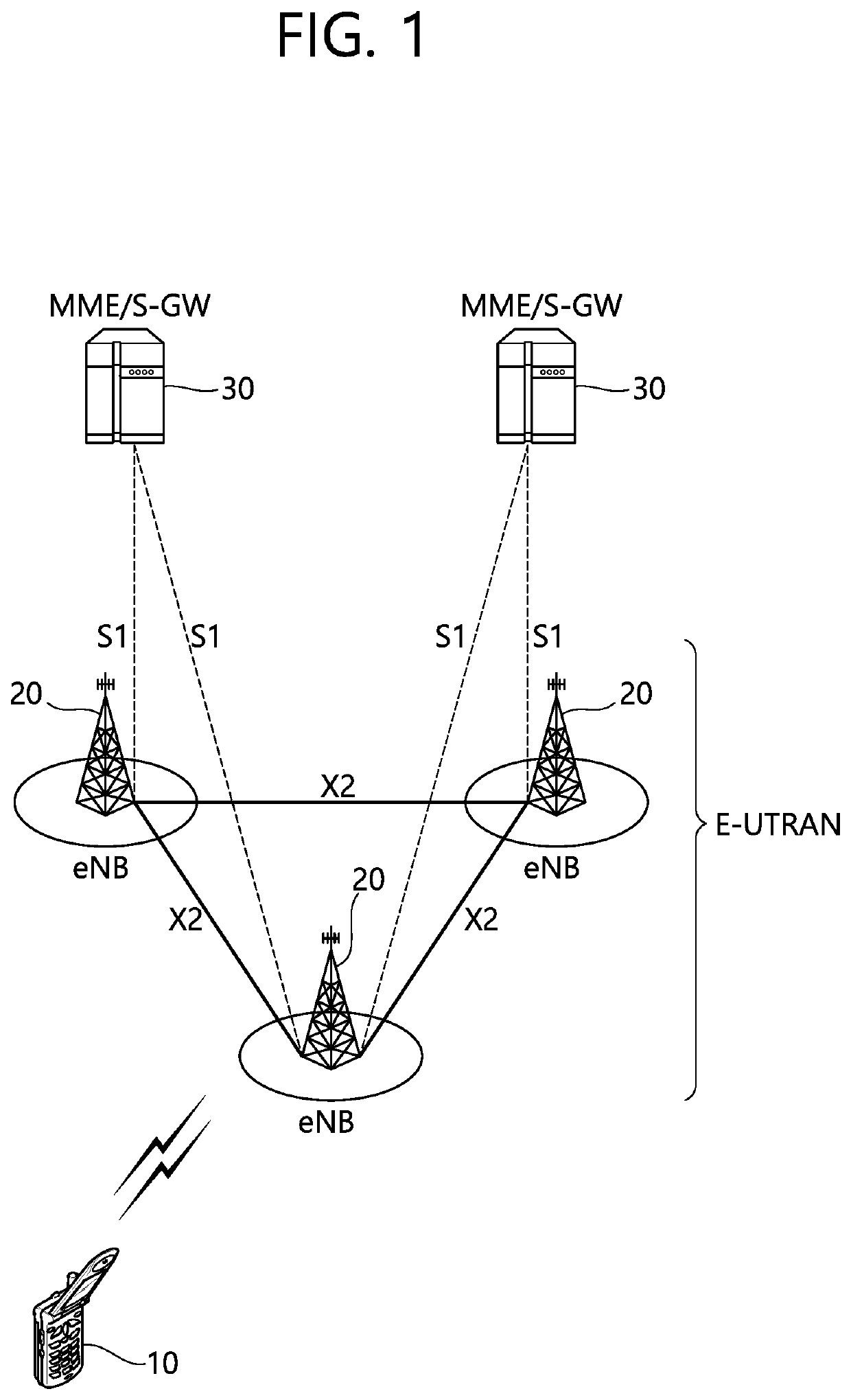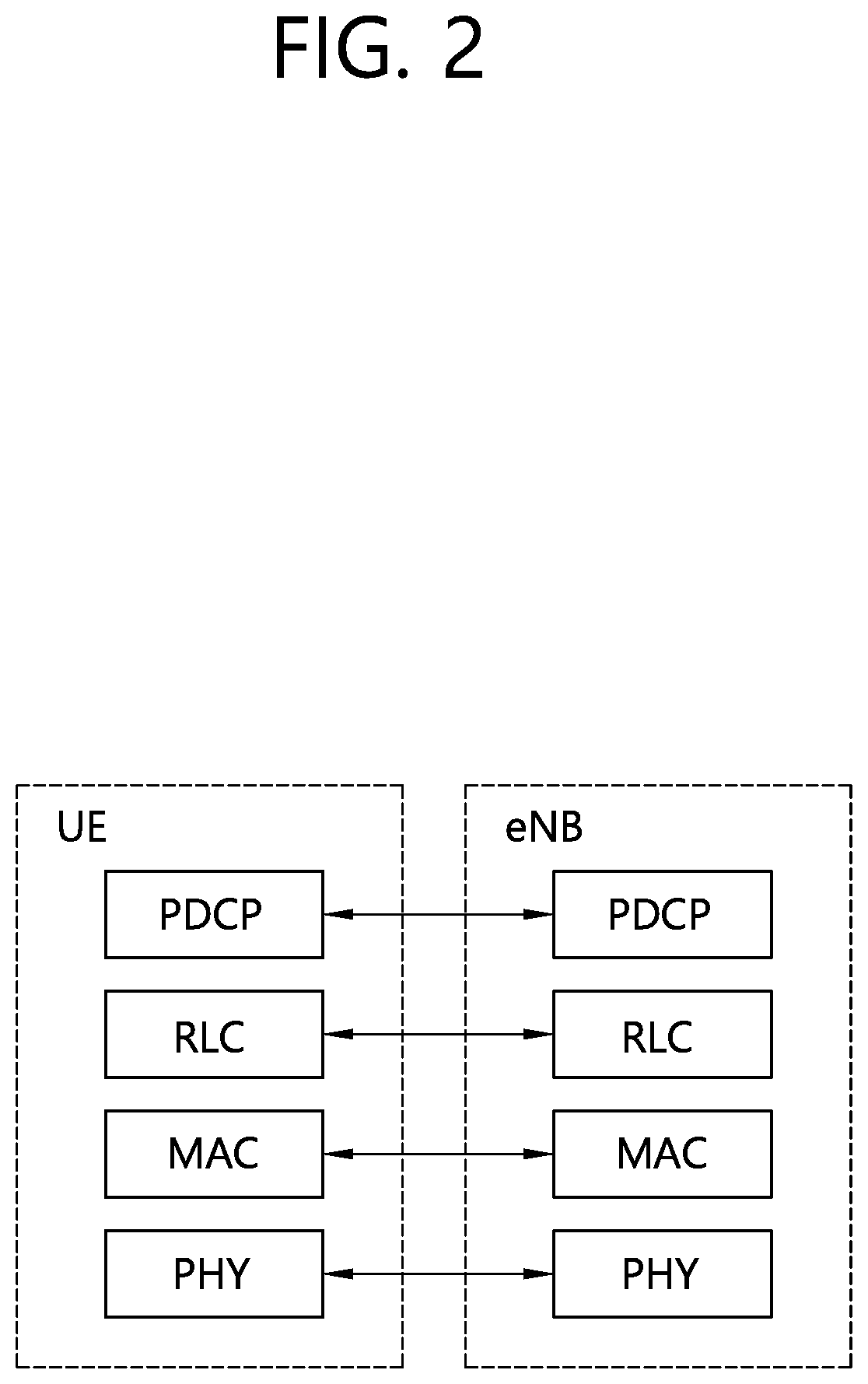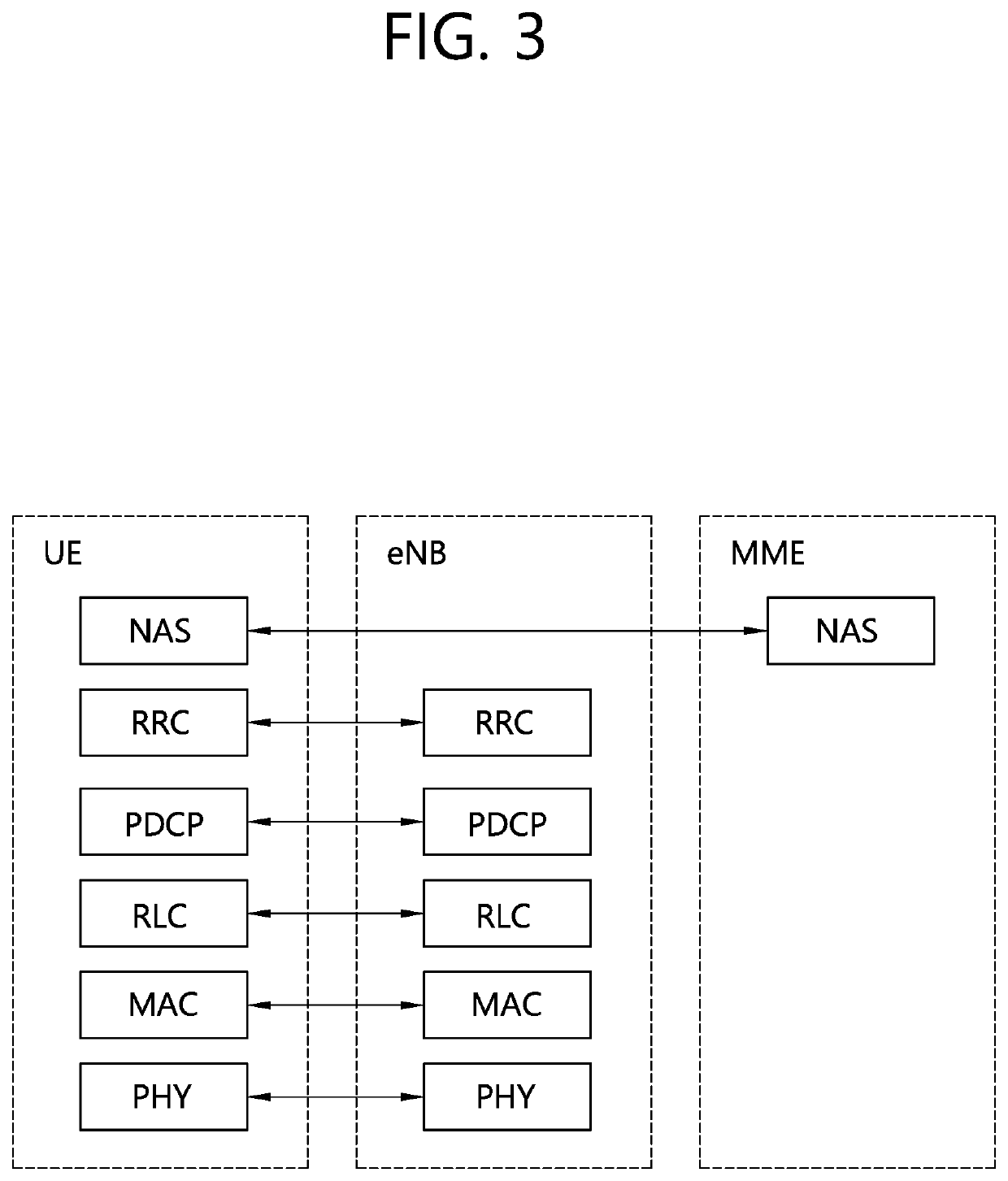Method and apparatus for measuring inter-RU interference in order to perform space division duplex communication
a technology of space division and interference, applied in the field of wireless communication, to achieve the effect of efficiently configuring information on interference and reducing the overhead of signaling between a ue and an enb
- Summary
- Abstract
- Description
- Claims
- Application Information
AI Technical Summary
Benefits of technology
Problems solved by technology
Method used
Image
Examples
case 3-1 (
[0123]Use case 3-1 (platoon with leading vehicle): Vehicles properly arranged in platoons with enabled automated control of their speed and steering allow to reduce fuel consumption, increase safety, improve road congestion and increase driver convenience. For obtaining true benefit from platooning, each vehicle in platoon must be equipped with certain communication technology to exchange real-time information about a change of platoon's common parameters, such as acceleration, breaking, change of trajectory, etc. Also, the vehicles have to follow each other as near as possible for the improvement of road congestion and optimal fuel consumption, but on the other hand, close spacing leads to higher risk of collision and requires very strict latency and reliability constraints.
case 3-2 (platoon without leading vehicle) : in a multi-lane convoy use case , a leading vehicle , centralized controller , or supervisor does not exist.instead , the vehicle control , in both lateral and longitudinal directions , is distributed over all members of the convoy (see fig.9)
[0124]Use case 3-2 (platoon without leading vehicle): In a multi-lane convoy use case, a leading vehicle, centralized controller, or supervisor does not exist. Instead, the vehicle control, in both lateral and longitudinal directions, is distributed over all members of the convoy (see FIG. 9). The result of this approach is that vehicle disturbances, such as a braking vehicle, affect all members of the convoy to a greater or lesser extent, resulting in a stable formation.
[0125]FIG. 10 shows a platoon scenario in V2X communication for an automated vehicle.
[0126]Scenario 3-1 (braking): It is assumed that each vehicle participated in a platoon has an advanced brake control to compensate for variances in vehicle load, road properties, and the brake system. The brake controller is imperfect so that the imperfection is modelled by additive Gaussian noise of a given variance. The probability of accident is approximately 10−6 when the variance of the brake controller is 10−4, vehicles in a ...
PUM
 Login to View More
Login to View More Abstract
Description
Claims
Application Information
 Login to View More
Login to View More - R&D
- Intellectual Property
- Life Sciences
- Materials
- Tech Scout
- Unparalleled Data Quality
- Higher Quality Content
- 60% Fewer Hallucinations
Browse by: Latest US Patents, China's latest patents, Technical Efficacy Thesaurus, Application Domain, Technology Topic, Popular Technical Reports.
© 2025 PatSnap. All rights reserved.Legal|Privacy policy|Modern Slavery Act Transparency Statement|Sitemap|About US| Contact US: help@patsnap.com



